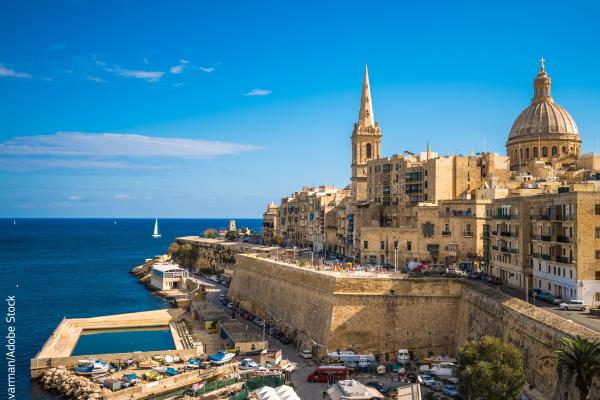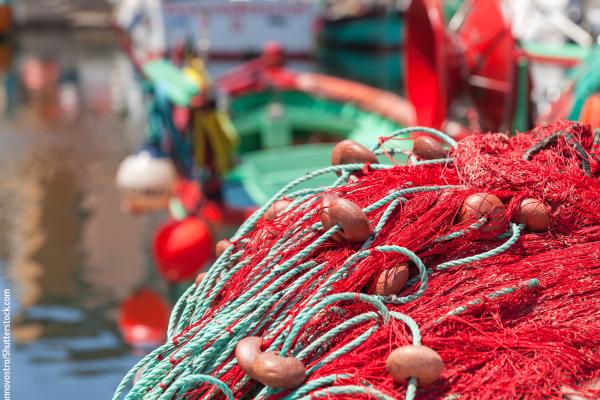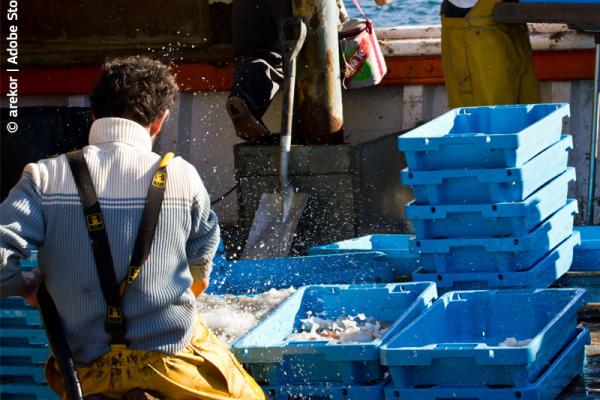The Mediterranean Sea is a semi-enclosed sea bordered by over 20 countries. Its coasts are home to more than 150 million inhabitants, a figure which doubles during the tourist season, as well as to more than 450 ports and terminals that together account for approximately 30% of global sea-borne trade (in volume).
The Mediterranean faces a worrying combination of pollution from land sources and ships, litter, impacts on biodiversity, overfishing and coastal degradation.
The semi-enclosed nature of the Mediterranean Sea and the trans-boundary impacts of maritime activities call for increased co-operation between EU and non-EU Mediterranean partners: it is an example of a maritime region where human activity could bring higher economic returns from the sea with far less impact on the ecosystem through the sustainable development of the blue economy.
The European Commission is engaged in 3 different fora to promote this
- Union for Mediterranean action on blue economy
- Western Mediterranean (WestMED) initiative
- EU strategy for the Adriatic and Ionian region (EUSAIR)
Union for the Mediterranean action on blue economy
The Union for Mediterranean (UfM) is an intergovernmental Euro-Mediterranean organisation which brings together all countries of the EU and 15 countries of the southern and eastern Mediterranean.
The UfM ministerial meeting on blue economy held in Brussels in 2015, with the participation of 43 countries, recognised the potential of the blue economy to promote growth, jobs and investments, and reduce poverty, while stressing that healthy seas are drivers and enablers for national and regional economies.
Since then, cooperation under UfM has been developed with the establishment of a dedicated blue economy working group, the launch of the Mediterranean blue economy stakeholder platform, the organisation of regular stakeholder events and the implementation of many projects.
UfM ministers aim to meet again in 2021 to take stock of achievements to date and to set new priorities for action.
Western Mediterranean (WestMED) initiative
Launched in 2017, the initiative for the sustainable development of the blue economy in the western Mediterranean (WestMED) involves 5 EU countries (France, Italy, Portugal, Spain and Malta) and 5 southern partner countries (Algeria, Libya, Mauritania, Morocco and Tunisia).
It has 3 main goals
- a safer and more secure maritime space
- a smart and resilient blue economy
- better governance of the sea
The initiative focuses on local and regional challenges, provides knowledge on the blue economy, shares opportunities in the region with the WestMED community, helps match stakeholders with the right partners, and supports them in developing successful projects.
The WestMED assistance mechanism supports participating countries and provides tailored guidance on project development, funding opportunities and partner matchmaking. The maritime data hub lists relevant project in the area.
EU strategy for the Adriatic and Ionian region (EUSAIR)
To address the specific challenges of the Adriatic and Ionian region, the EU developed the EU strategy for the Adriatic and Ionian region (EUSAIR). It is one of the EU’s macro-regional strategies and involves 9 countries: 4 EU countries (Croatia, Greece, Italy, Slovenia) and 5 Western Balkan countries (Albania, Bosnia and Herzegovina, Montenegro, North Macedonia and Serbia).
EUSAIR is divided into 4 pillars, which represent key challenges in the region
- blue growth
- connecting the region
- environmental quality
- sustainable tourism
The strategy helps to mobilise all relevant EU funding and policies, and coordinate the actions of the European Union, EU countries, regions, pan-Adriatic and Ionian organisations, financing institutions and non-governmental bodies to promote a more balanced development of the region.
Related links
Media
Euronews Ocean: Invasive species: Are they really threatening the Mediterranean Sea and local fisheries?
More than 900 species have invaded the Mediterranean Sea in recent years due to climate change and other environmental pressures.
Euronews Ocean: Protecting the sea gives glimmer of hope to fish stocks in the Adriatic
Fish stocks in the Mediterranean Sea have dropped to alarming levels due to decades of overfishing. Coastal states fear an impending collapse of fisheries. But in a protected part of the Adriatic Sea between Croatia and Italy, fish populations are recovering. Is this the solution?



